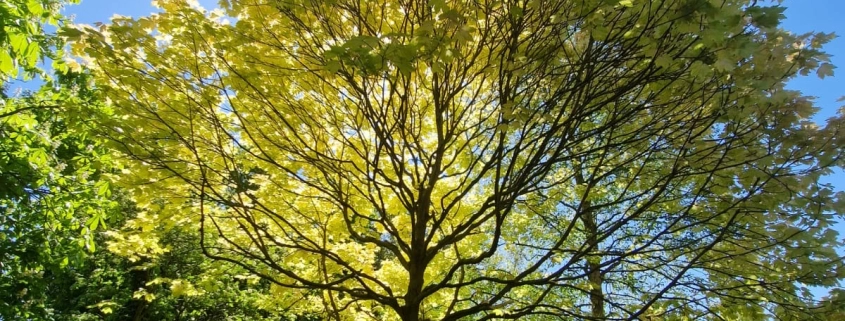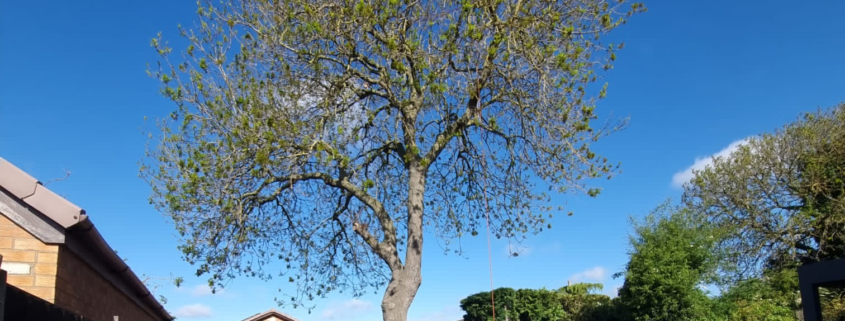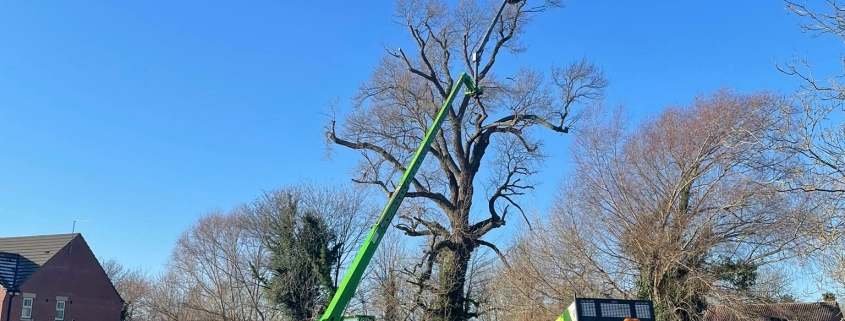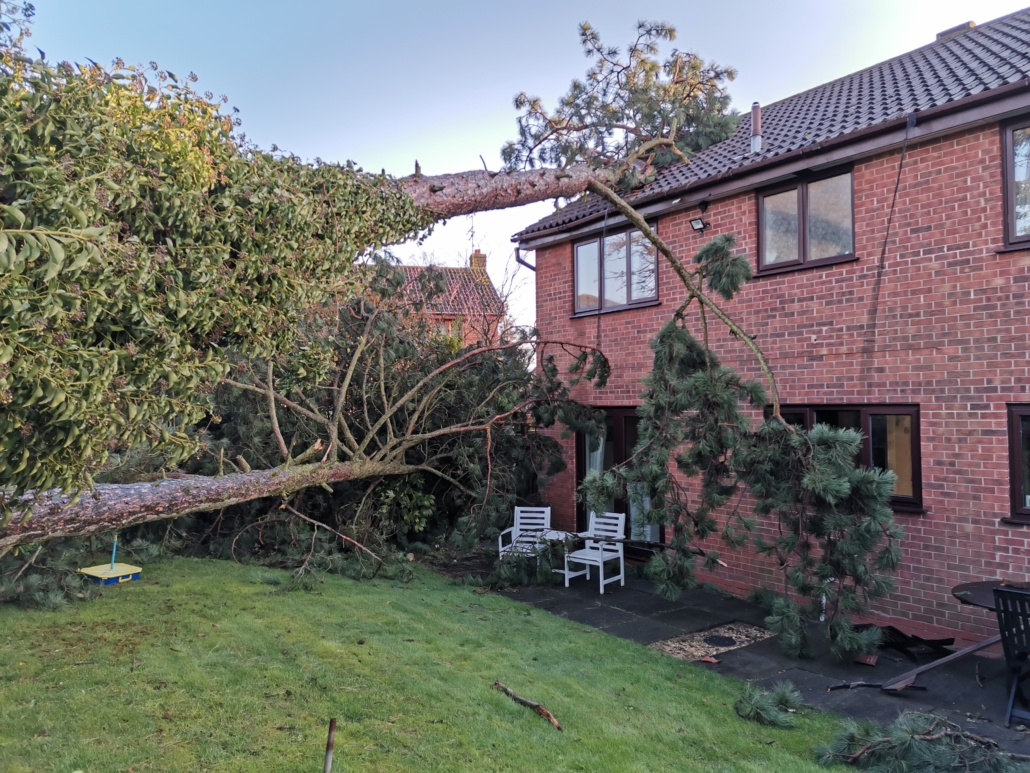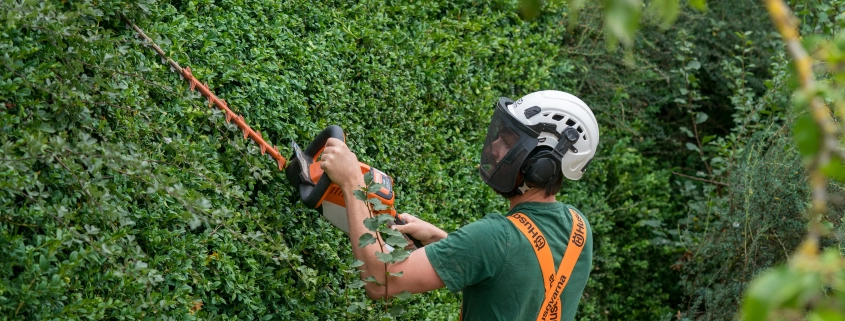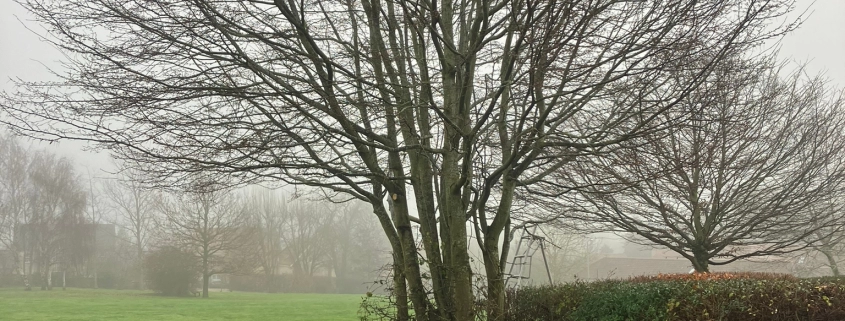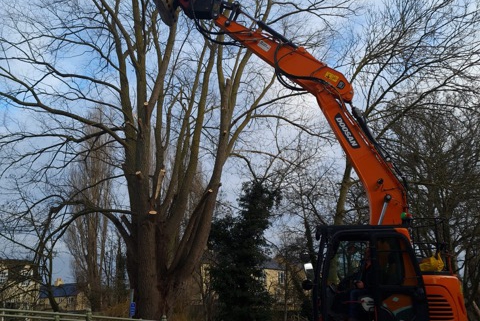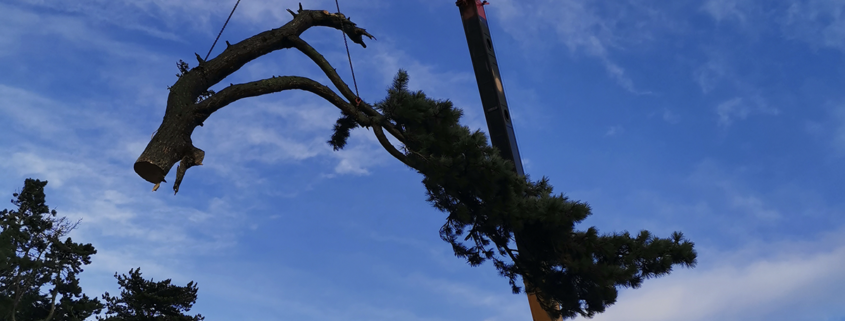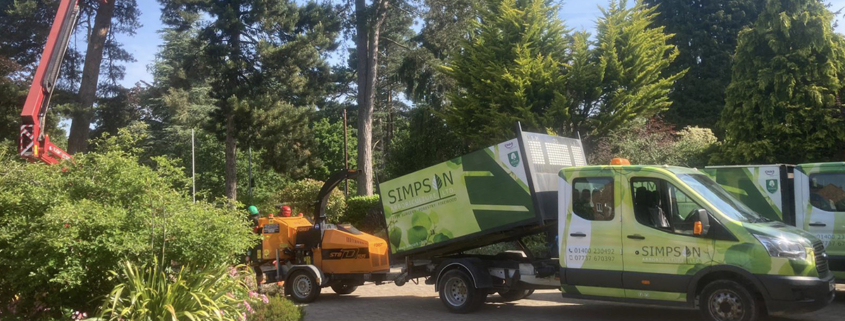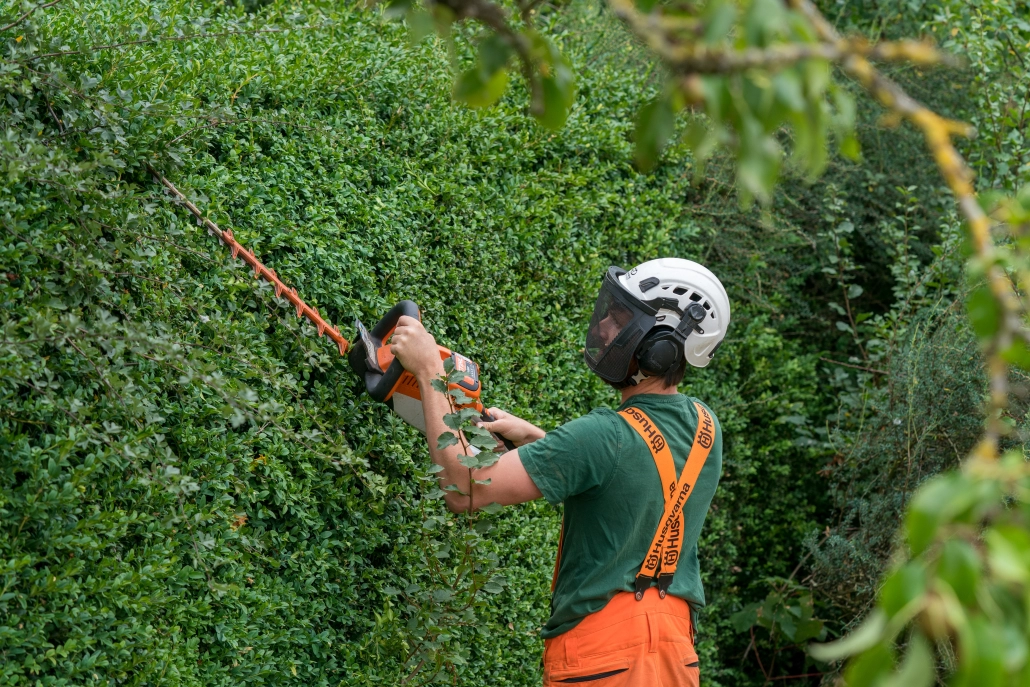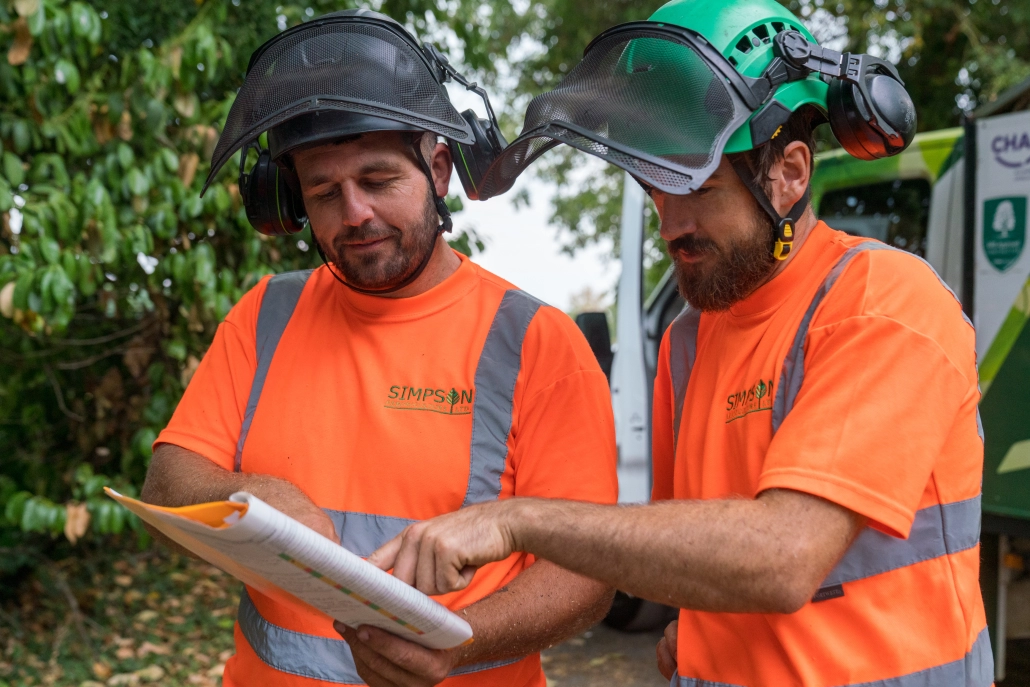With the days getting longer and the weather (finally!) getting warmer, summer is just around the corner. For many of our customers, this means getting outdoors and enjoying their garden space. It’s also an ideal time to carry out some essential tree care. Whilst many people associate the autumn and winter months with tree pruning, care and maintenance, summer can also be a great time to carry out certain tasks.
At Simpson Arboriculture, our team can help! Our team of experienced arborists can advise you on maintenance and tree pruning and carry out any work needed professionally and efficiently.
Here are a few of our summer tree care tips. These are some helpful things you can do to ensure that your trees thrive all year round.
- Assessing the health of your trees. It is important to check your trees for any signs of weakness or damage regularly. This can help prevent any damage to your home or garden being caused when the weather changes and we experience more high winds and storms over the autumn and winter months. If you have any concerns, our team would be happy to have a look and advise you on any work that could support the health of the tree whilst keeping the trees safe.
- Removing dead, diseased or damaged branches. Removal of branches that are likely to snap out or fail is essential for tree owners. Summer is a great time to carry out this kind of maintenance ahead of the autumn and winter months.
- Tree watering tips. During the summer, particularly during periods of low rainfall and higher temperatures, you should water younger trees regularly. Deep watering will allow the tree’s roots to stay saturated- only watering on the surface will mean that most of this evaporates. Watering once or twice a week is usually about right, especially for young trees. We advise watering early in the morning to avoid leaf scorch and evaporation.
- Mulching. Adding mulch in around the base of young trees is a great way to conserve moisture during the warmer months. It’s also a great way to prevent weeds from encroaching. Tree owners should clear any grass and weeds to allow around a 1 metre radius. You can add woodchip or shredded bark in a loose 2–3-inch layer, avoiding direct contact with the trunk of the tree. This will allow oxygen to flow freely to the root system.
- Summer tree pruning. There are several tree species that the Arboricultural Association advise can be pruned during the summer months. These include magnolia, cherry, walnut, maple, birch and beech. Magnolia for example is prone to bleeding when pruned, so pruning during mid-summer allows ample time for healing to begin before the dormant season. Arborists can be carried out on many other tree species during the summer months. Our knowledgeable team will be able to recommend the best times for pruning and we can arrange this accordingly. For more information, you can refer to the Arboricultural Association’s ‘Guide to Tree Pruning’ leaflet.
- Checking your trees. Do you have a tree supporting a washing line, or any Christmas lights still up in the garden? If so, it’s important to check that these are loose enough around any tree branches. Owners should loosen any lights or other wires that are tightly wrapped around the branches, as these can result in wounds or damage to the bark. In some cases, they can also inhibit a tree’s growth.
Get in touch
So as we move into summer, be sure to keep up with your tree care and maintenance. If you would like some advice or a quotation for your tree work, our experienced team at Simpson Arboriculture are happy to help. Visit our website and submit an enquiry, or give our team a call in the office.
Regular tree care and maintenance through the seasons can ensure safe, healthy and thriving trees for many years to come.

